The digestive system is made up of several organs working together to make an organ system ( digestive system ). This activity shows how to make an easy digestion system model using food and tights!
This activity can also be found in my book Gross Science!
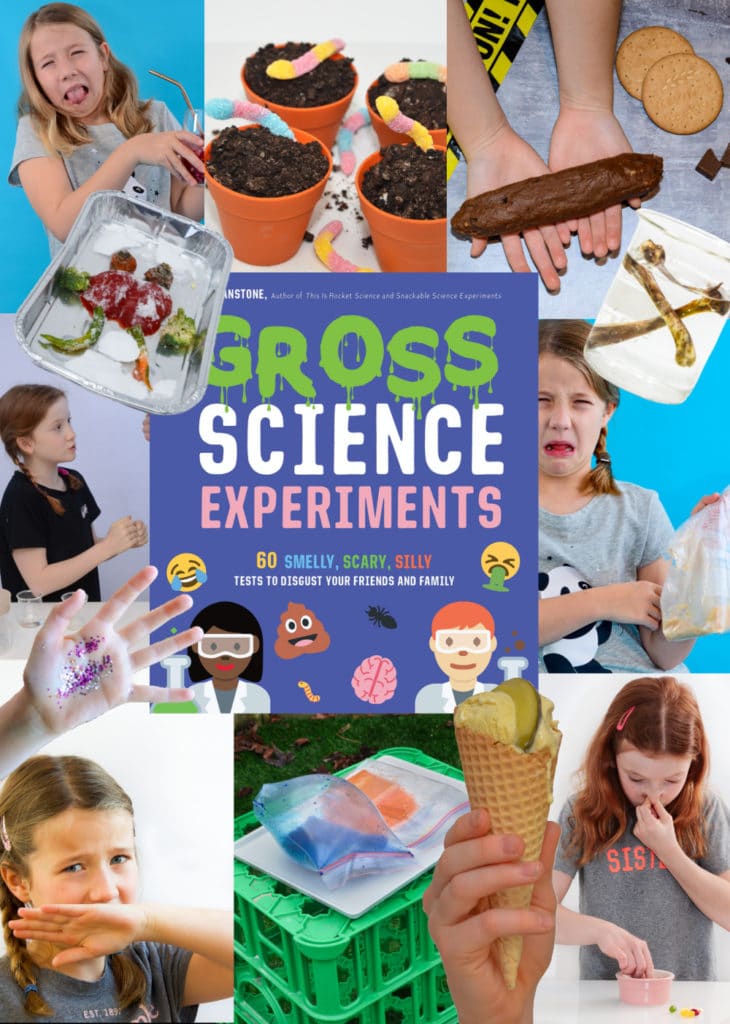
What is Digestion?
Digestion is the process by which large, insoluble molecules of food are broken down into smaller, soluble molecules that the body can use.
Digestion starts in the mouth, where food is broken into smaller pieces as people chew. Food is mixed with saliva, which contains an enzyme called amylase. Amylase starts to break down carbohydrates in the food.
Food then passes down the oesophagus and into the stomach. The stomach contains stomach acid and more enzymes which break up the food further. Stomach acid is actually hydrochloric acid which kills most harmful bacteria and provides the optimum pH for enzymes to get to work.
As food is slowly released from the stomach into the small intestine, the liver adds alkaline bile to the mixture. This neutralises the stomach acid so as not to harm the small intestine and helps to break up fats.
The pancreas makes three digestive enzymes which are also added to the food mixture. These are:
Protease for digesting proteins.
Carbohydrase for digesting carbohydrates
Lipase for digesting lipids.
The small intestine produces even more enzymes to continue digesting proteins, carbohydrates and fats. Nutrients are absorbed through the walls of the small intestine and transported to cells in the body by the blood.
In the large intestine, water is absorbed from food, and undigested food is passed to the rectum as faeces.
The final part of the journey is when the faeces pass out of the anus, hopefully into a toilet!
The small intestine absorbs nutrients from food, and then the large intestine absorbs water and any nutrients not absorbed by the small intestine.
Undigested food becomes faeces or poo, which are excreted from the body via the rectum and anus!
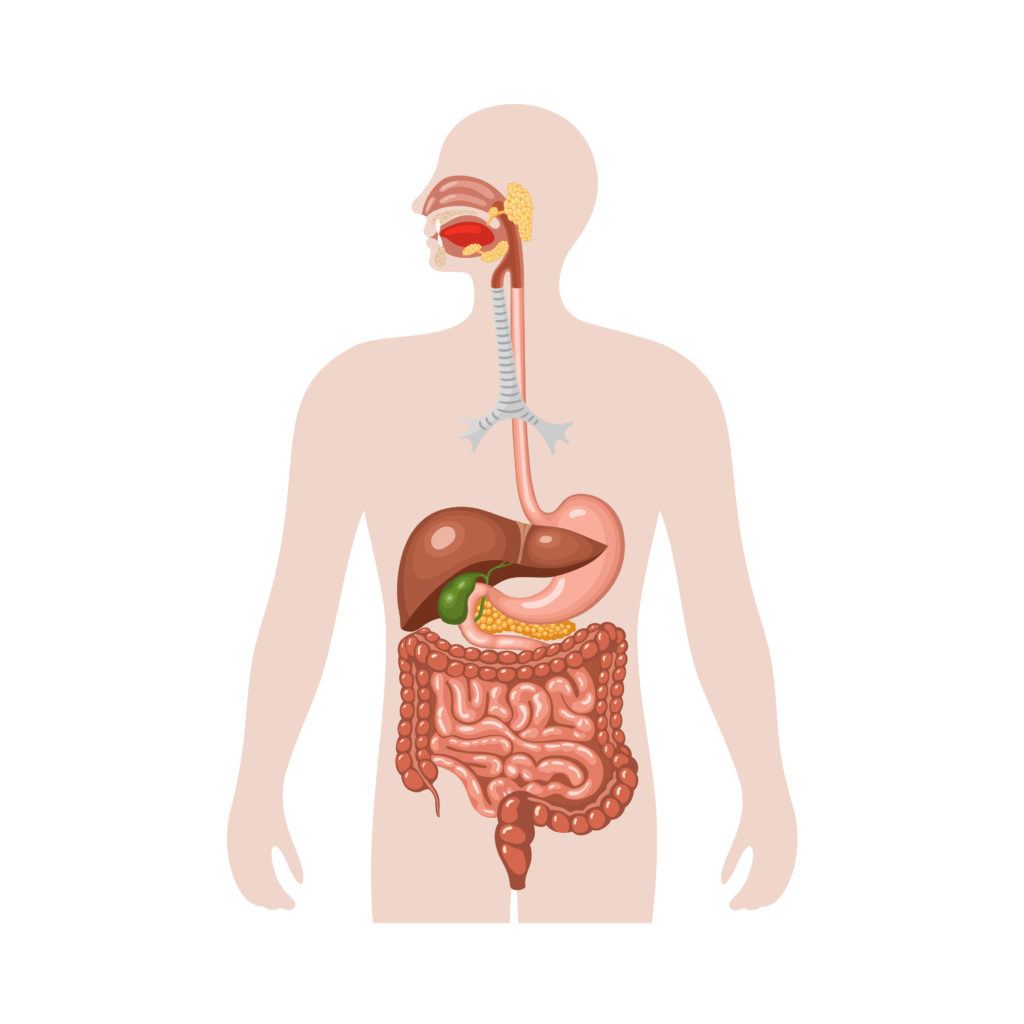
Easy digestive system model using tights
You can make a very simple digestion model using one leg of a pair of tights as the small intestine.
What you need to make a digestive system model
Potato masher – or something else to crush the food with.
Bowl
Funnel
One small banana or piece of bread
One plain biscuit
Yoghurt- optional
Jar or bowl
30ml water
30ml orange juice
Green and red food colouring – optional
Medium-size sealable bag – stomach
Scissors
I leg from a pair of tights – small intestine
Tray or plate
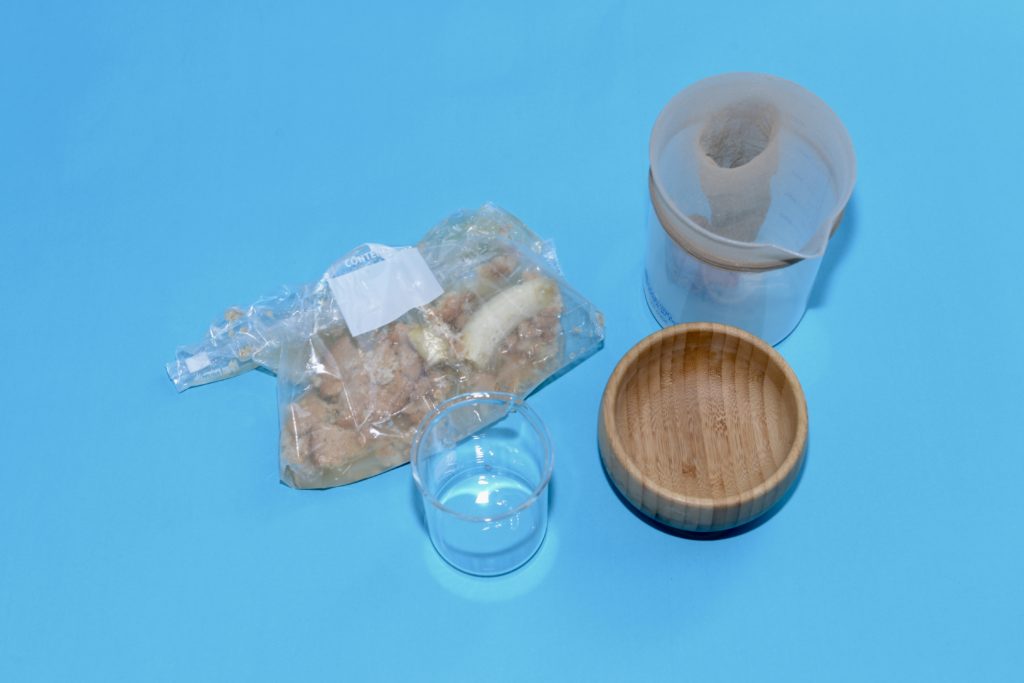
Digestion Model Instructions
Place the biscuit and banana into a bowl and gently crush with a potato masher. This represents the food being chewed. Pour the crushed food into an empty plastic bag and add the water. The water represents saliva.
Pour the orange juice into the bag ( this represents stomach acid). Seal the bag to prevent air from entering.
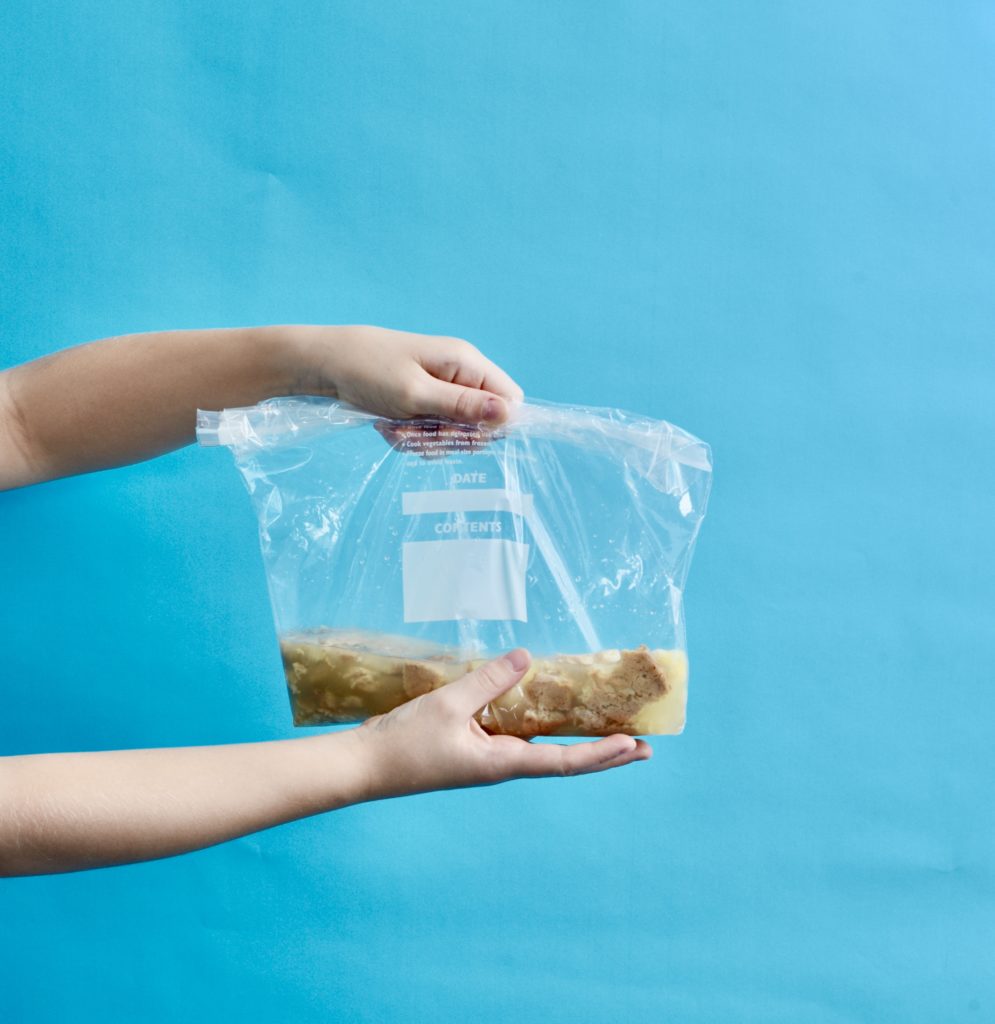
Squeeze the bag for about a minute, crushing the biscuits and banana further. This represents the food breaking down further inside the stomach.
Once the stomach contents feel like a thick liquid, cut a small hole in one corner and carefully squeeze into the open leg of the tights ( small intestine ).
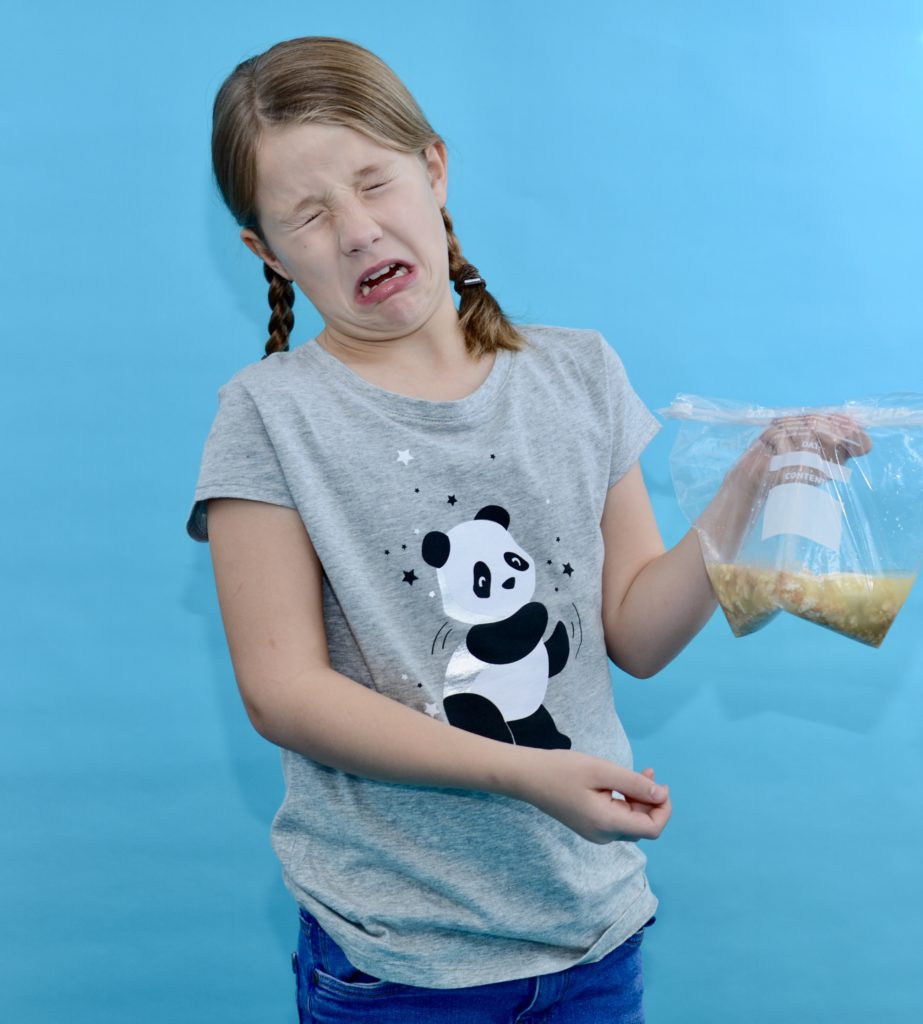
At this point, you can add a little red and green food colouring, but this is not necessary. The red food colouring represents dead red blood cells that are being disposed of, and the green represents bile, which is released by the liver.
Hold the tights over the tray or a bowl and gently squeeze the liquid out. The liquid on the tray represents the nutrients the body absorbs and uses.
Keep squeezing until no more liquid comes out. If you used food colouring, wearing gloves for this part might be a good idea.
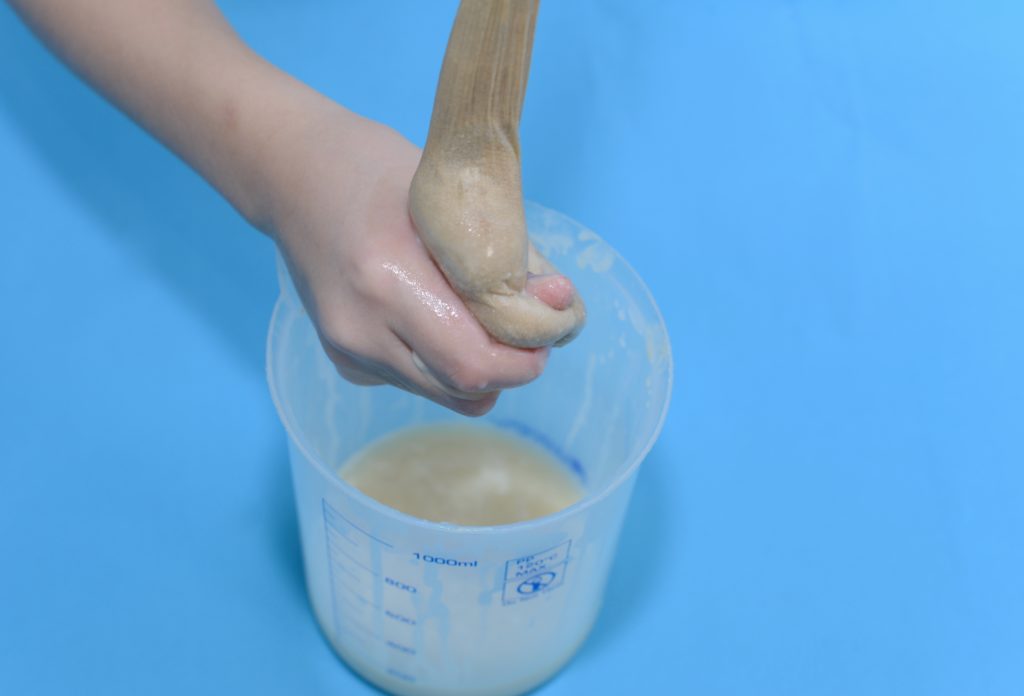
The food left behind in the tights represents waste products that cannot be absorbed.
Cut a hole in the bottom of the tights and squeeze the contents into the jar. This is the poo!
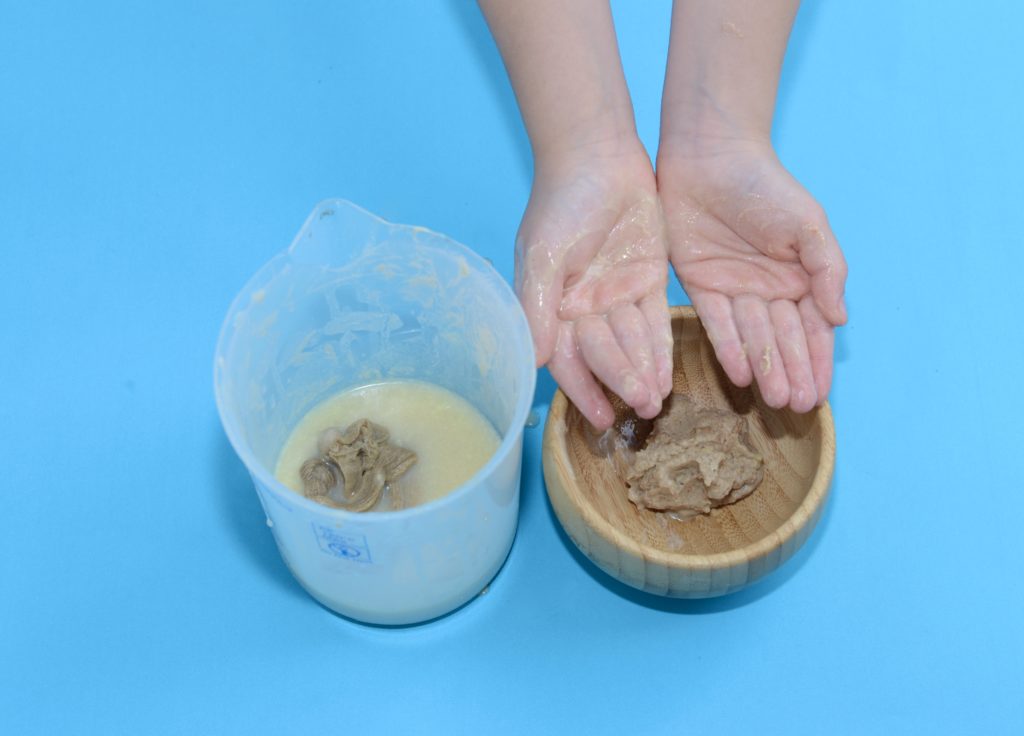
Digestive System Model Challenge
Change the food you “digest” and investigate to see if you can make a different colour poo!
Did you know the stomach walls are made of muscle, which mixes the food, helping to break it down?
The small intestine contains lots of thin structures called villi. These give a very large surface area to absorb food molecules.
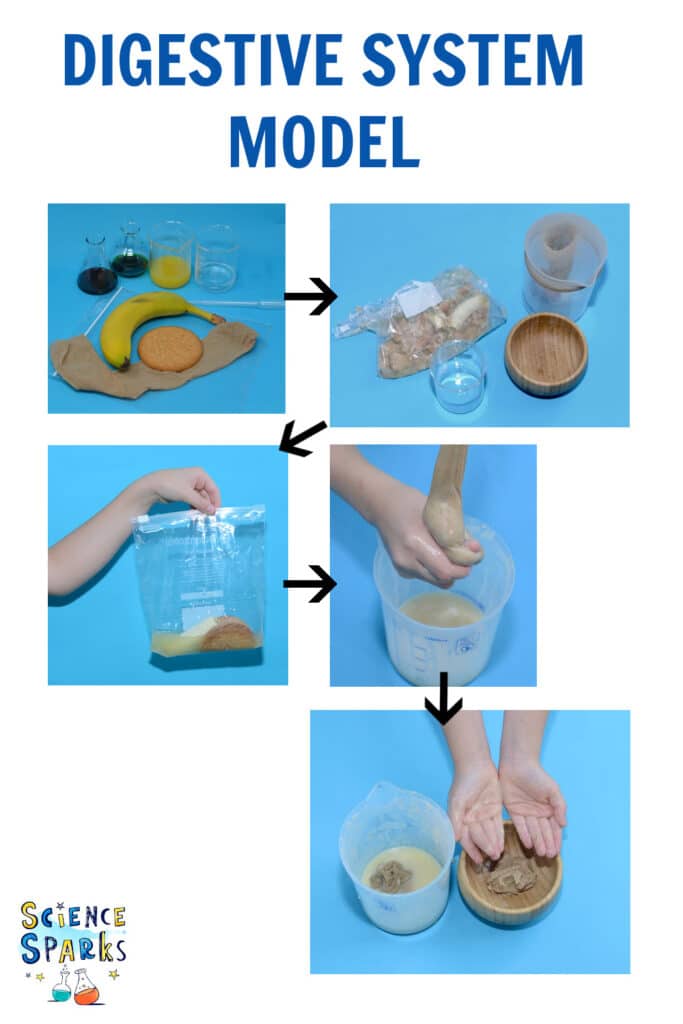
Digestion in a Nutshell
Food is initially broken down in the mouth as you chew, helped by amylase ( an enzyme found in saliva )
It then passes down the oesophagus into the stomach, where it mixes with stomach acid and enzymes.
The liver makes bile to help break up fats and neutralise the acidic mixture heading to the small intestine from the stomach.
The pancreas adds more enzymes to the mix.
Food is broken down further in the small intestine, where small usable molecules are absorbed through the small intestine walls into the blood.
Water is absorbed by the large intestine.
Waste products are expelled via the anus!
If you enjoyed this activity, I have lots more human body investigations suitable for kids of all ages you might like.
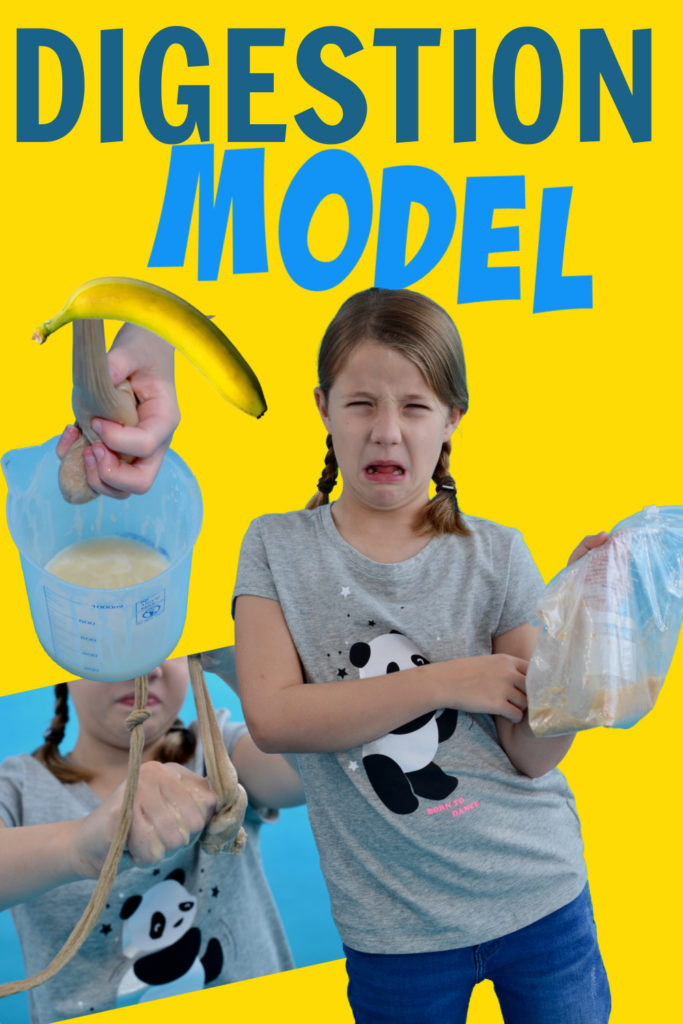
Last Updated on September 18, 2024 by Emma Vanstone

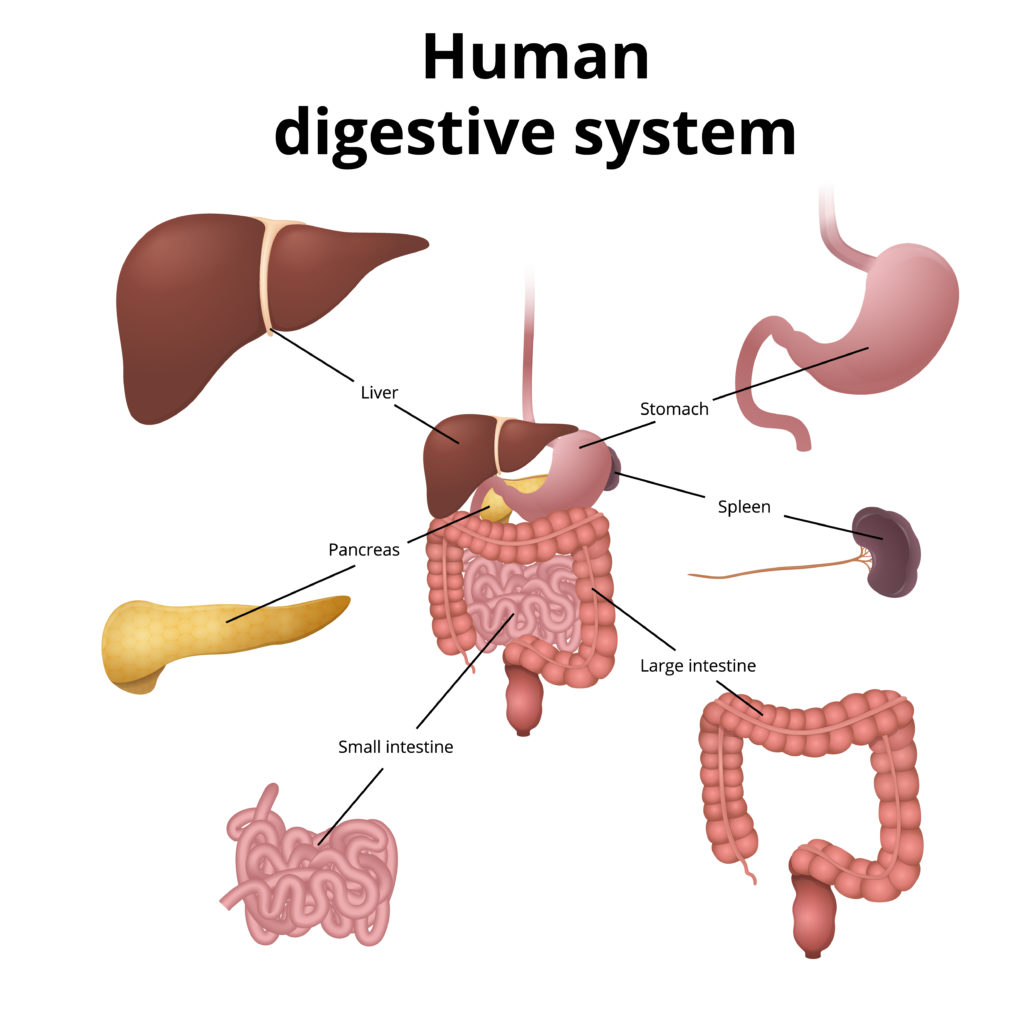
Leave a Reply